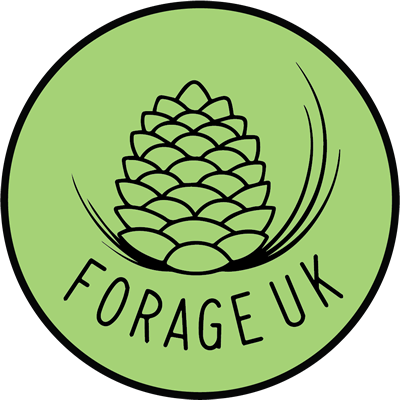Guide Lines For Safe, Legal and Sustainable Forgaing
In my opinion, the most important first rule of foraging is to keep yourself and others safe. It is important that you do not consume anything unless you are 100 % certain that you have identified a species correctly and that it is safe. ID is the most important thing. Before trying any new foods, it is advisable to do a tolerance test, to ensure you’re not allergic, even a small amount can be harmful, so it is important to introduce yourself gradually increasing the amounts. If you are pregnant or trying for a baby It is wise not to try anything new in case of any adverse effects on you or your baby. This applies even more so to wild food, some of which may contain chemical compounds that are fine when not pregnant but harmful if you are. Some herbs can induce miscarriage in animals, some plants stimulate milk flow, and some should not be eaten in conjunction with prescribed medicines.
Only collect from a plentiful supply. A good guide is to only take a third of what you find, ensuring to leave plenty behind for others and wildlife that may depend on it to live. Please be mindful of wildlife and their habitat ensuring no damage or disturbance occurs. It is important to familiarise yourself with Schedule 8 of the Wildlife and Countryside Act 1981 which lists plants and states that disturbance or damage to such protected plants is an offense. Make sure you always seek the landowner’s full permission. It is illegal to uproot plants and or fungus without the landowner’s permission and it is illegal to commercially forage anywhere in the UK unless you are on private property and have this permission. Please be aware that all land is owned by individuals or an organisation. However, you are not bound by the Wildlife and Countryside Act 1981 on private property, only under schedule 8. It is acceptable to forage off common land if only for personal use.
The countryside act states that as a guide it is ok to forage the four F’s. Fruit, Foliage, Flora and Fungus from common land as long as it is for personal use, for you and your family only. Please note that some places have bylaws. These need to be researched and can be found on park noticeboards, backs of signs and online. Do not forage form roadsides due to traffic pollutants and chemicals from gritters. Certain areas of agricultural land may have been sprayed with pesticides and chemicals; it is a good idea to ask landowners first.
Shall I not have intelligence with the earth? Am I not partly leaves and vegetable mould myself.
Henry David Thoreau
Be aware of areas that dogs and cats frequent, foul and urinate. The main danger to human health is in the faeces of dogs and other canids, (toxocara canis) and cats (toxocara cati ) This is a worm, which lives harmlessly in faeces but presents a danger to humans and can also spread by living in the soil long after the faeces have disappeared. I would advise to wash anything you find and remember dogs will urinate on plants and large dogs will reach a good height. Also, avoid plants that look scorched or blackening, this could be either as a result of animal urine or far worse, the use of chemical pesticides. Yellowing and browning of foliage may mean that weed killers have been sprayed. Just use your common sense and select the freshest looking plants, fruits, nuts and leave foods that look past their best.
Another thing to be wary of when foraging any wild edibles near any water sources is Liver fluke. It is an unpleasant parasite found in livestock faeces, particularly sheep. In its larval stage, it attaches itself to plants in wet areas. Ingesting it can cause severe health problems. Cooking kills it thankfully or briefly immersing in boiling water, so I would always avoid eating raw plants growing in and near rivers, brooks and ponds regardless of whether they can be traced back to land with livestock present on or not.
DISCLAIMER: Always get expert advice before picking and eating any wild plants. Forage UK accepts no liability or responsibility for any independent actions taken as a result of information given on courses or information given on this website.
Related links
Schedule 8 of the Wildlife and countryside Act of protected plants.
